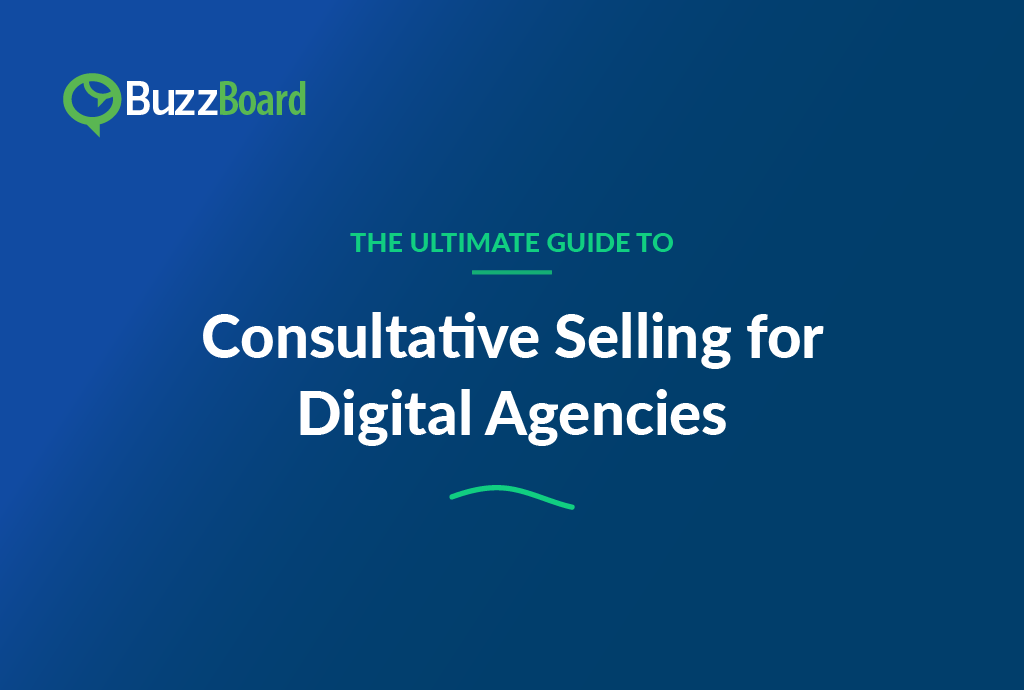Total Addressable Market (TAM) or Total Available Market enables businesses to understand the overall revenue opportunity for their product or service and is, therefore, the core ingredient of any business’s go-to-market planning. In simpler terms, your TAM is the “total market demand for a product or service.” It can be used for revenue planning, financial and growth forecasts, and other budgetary considerations in your GTM planning. Venture Capitalists and key stakeholders care so much about TAM because it helps determine the upside potential of a company.
Traditionally, assessing the TAM for your B2B company would require you to analyze various data sources, including market reports, company databases, and industry data, to determine the size of the target market, the potential revenue per customer, and the number of potential customers. However, with the availability of aggregator tools and sophisticated data solutions, estimating your TAM and then building a target accounts list for your demand generation and outbound campaigns has largely become a breeze.
This article lays the foundational basics for estimating TAM for your B2B business.
1. Define Ideal Customer Profile (ICP)
When your B2B business is struggling to gauge who you should be targeting, defining the Ideal Customer Profile (ICP) can turn your marketing team into a revenue-generating powerhouse. Buyer profiles that will benefit from your products or services and will give you enough value in return will fit into your ICP.
Let’s bring in an analogy here for your ease. If your B2B sales and marketing methods can be compared with fishing, defining your ICP is like marking the fish you wish to catch. Now, if you take a wider look at it, you have an entire pond to hunt, and that pond is your total market size.
So once you are done pinning down your ICP, you can start measuring the total market possible for your products or services,
2. Work Out the Number of Potential Customers
Determining the number of potential customers is a key step in building a Total Addressable Market (TAM) for a B2B company. This calculation provides an estimate of the number of companies that fit the company’s target customer segments. To determine the number of potential customers, B2B companies can use publicly available data and industry reports to estimate the size of the target market.
B2B companies can use data from business directories, government statistics, and market research reports to gather information on the number of companies in their target customer segments. For example, companies can use information from business directories to identify the number of companies in specific industries and geographic regions. They can also use market research reports to determine the size of the target market and to gain insights into trends and growth projections.
It is important to consider the limitations and market saturation when determining the number of potential customers. For example, the market may already be saturated in certain geographic regions or industries, which will limit the number of potential customers. B2B companies should take these limitations into account when estimating the number of potential customers to ensure that their estimate is accurate and realistic.
3. Determine the Potential Revenue Per Customer
No matter how much you talk about your long list of customers, it all boils down to one question—how much value are they generating for your business at an individual level?
That’s why your B2B company must deepen its growth analysis potential on a per-customer basis through Average Revenue Per User (ARPU). Basically, it’s the revenue generated by each of your users or customers, suggesting the profitability of the product, in a specific timeframe.
To determine the potential revenue per customer, B2B companies should consider the pricing of their products or services and the average volume of sales to each customer. The formula is to simply divide the total monthly or yearly revenue by the total number of paying customers in the given period.
It is important to note that the potential revenue per customer will vary based on the specific customer segments targeted and the products or services offered. Therefore, B2B companies should perform this calculation for each target customer segment to develop a more accurate estimate of their TAM.
4. Consider Limitation and Market Saturation
When building a Total Addressable Market (TAM) for your B2B company, it is important to consider limitations and market saturation. Market saturation refers to the point at which the demand for a product or service reaches its maximum level and no further growth is possible. It can limit the size of the TAM and affect a company’s ability to capture its target market.
So you must be aware of changes in the market and the competitive landscape. For example, companies should monitor the growth and saturation of their target customer segments, the entry of new competitors, and the impact of technological advances. Companies should also consider the limitations imposed by regulatory bodies and the impact of macroeconomic factors, such as economic recessions and changes in consumer spending patterns.
This would help B2B companies in making more informed estimates of their TAM and develop realistic growth projections, while making effective decisions about their business strategy, product development, and resource allocation. Companies should regularly review and update their TAM estimates to ensure that they reflect the most accurate and up-to-date information about the market and their business.
5. Calculate Your TAM
Calculating the Total Addressable Market (TAM) is the final step in building a TAM for a B2B company. To calculate the TAM, B2B companies multiply the number of potential customers by the potential revenue per customer.
For example, if a B2B company estimates that there are 100 potential customers and the potential revenue per customer is $10,000, then the TAM would be $1 million. This calculation provides a rough estimate of the maximum revenue a company can generate, which can be used to inform strategic decisions and allocate resources.
It is important to note that the TAM is only an estimate and may not reflect the actual size of the market or the revenue a company can generate. Companies should regularly revise their TAM estimate based on changes in the market and their business, and should be prepared to adjust their estimate as needed. Nevertheless, the TAM provides a valuable starting point for companies to develop a realistic understanding of their market and growth potential.







